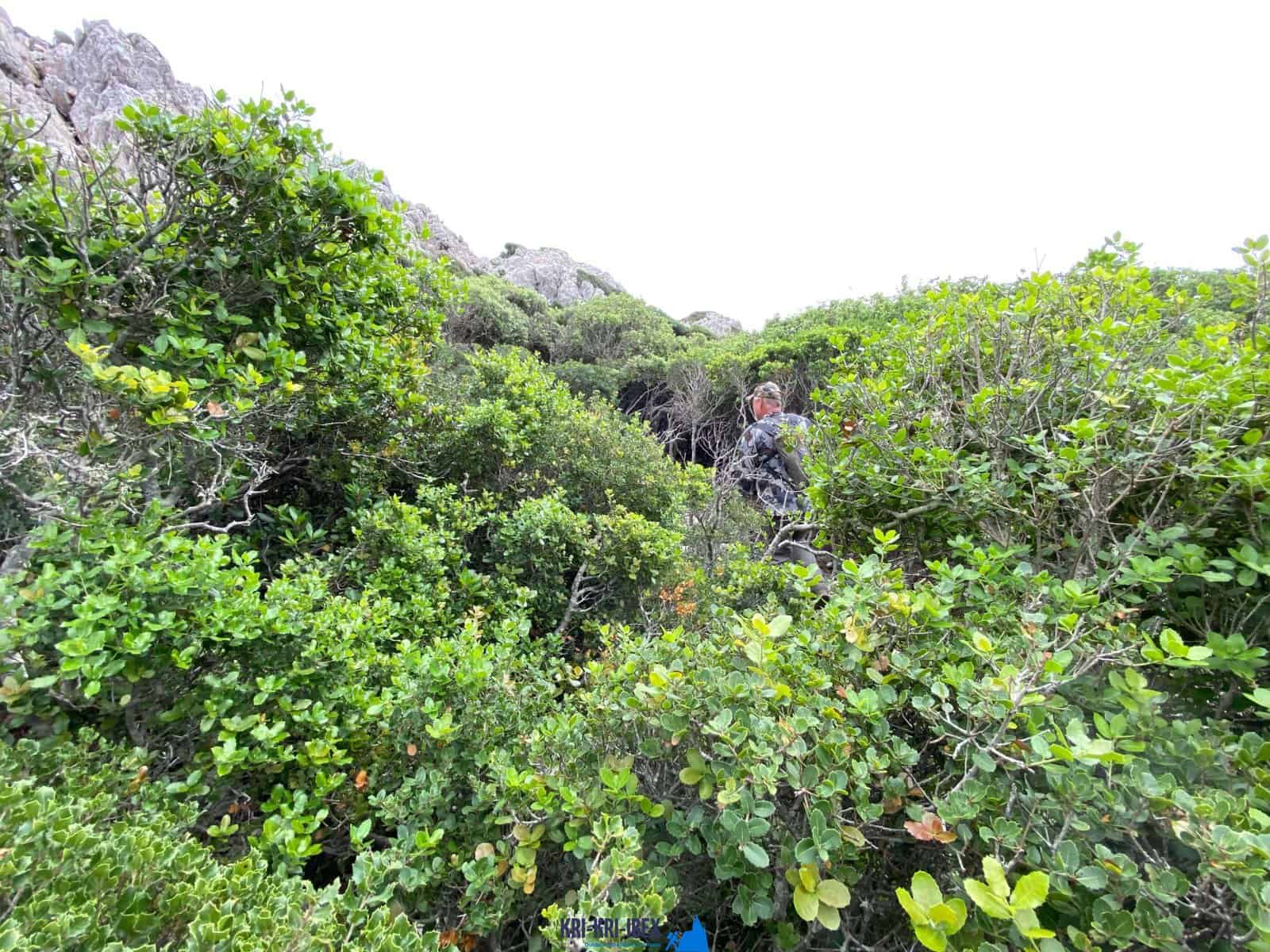Greece is awaiting you! Kri Kri ibex searching in Greece!
Greece is awaiting you! Kri Kri ibex searching in Greece!
Blog Article

To many individuals, The Peloponnese peninsula on the Greek Mainland is the 'real' Greece, where points have not altered much in any way over the centuries although that lots of people have actually found it. Look no even more than the Peloponnese if you are looking for a genuine Greek outdoor experience! Right here you can diving and also hunting on unique islands and also exploring at the same time.

Searching Kri-kri Ibex on Sapientza island can be a tough and tough task. The surface is sturdy, with sharp, rugged rocks that can quickly leave you shoeless after just 2 trips. Additionally, firing a shotgun without optics can be quite tough. Nonetheless, the hunt is absolutely worth it for the chance to collect one of these stunning creatures.
Our exterior hunting, angling, and cost-free diving excursions are the excellent method to see everything that Peloponnese has to supply. These trips are created for travelers who intend to leave the beaten path and truly experience all that this incredible region needs to use. You'll get to go hunting in a few of one of the most stunning wilderness areas in Greece, fish in crystal-clear waters for a selection of different varieties, as well as cost-free dive in a few of one of the most stunning coast in the Mediterranean. And best of all, our seasoned overviews will certainly be there with you every step of the way to ensure that you have a risk-free and also enjoyable experience.
Experience 'Real' Greece with Our Peloponnese Tours. If you're looking for a genuine Greek experience, look no further than our Peloponnese trips. From ancient damages and castles to scrumptious food and also red wine, we'll reveal you everything that this amazing area has to supply. So what are you awaiting? Book your trip today! Your Kri Kri ibex hunting in Greece is here!
What is the diference between Kri Kri ibex, Bezoar ibex and hybrid ibex
The kri-kri is not thought to be indigenous to Crete, most likely having been imported to the island during the time of the Minoan civilization. Nevertheless, it is found nowhere else and is therefore endemic to Crete. It was common throughout the Aegean but the peaks of the 8,000 ft (2,400 m) White Mountains of Western Crete are their last strongholds–particularly a series of almost vertical 3,000 ft (900 m) cliffs called ‘the Untrodden’—at the head of the Samaria Gorge. This mountain range, which hosts another 14 endemic animal species, is protected as a UNESCO Biosphere Reserve. In total, their range extends to the White Mountains, the Samaria National Forest and the islets of Dia, Thodorou, and Agii Pandes.
This Ibex is NOT a diminutive form of the Bezoar Ibex, which has migrated into the western-most reach of the range of this species. The kri – kri (Capra aegagrus cretica), sometimes called the Cretan goat, Agrimi, or Cretan Ibex, is a feral goat inhabiting the Eastern Mediterranean, previously considered a subspecies of wild goat. The kri-kri has a light brownish coat with a darker band around its neck. It has two horns that sweep back from the head. In the wild they are shy and avoid tourists, resting during the day. The animal can leap some distance or climb seemingly sheer cliffs.
“The agrimi goat Capra aegagrus cretica is unique to Crete and its offshore islands. It has been identi®ed as a sub-species of the wild bezoar goat Capra aegagrus aegagrus Erxleben, 1777, which it closely resembles in horn shape, body form and coloration. This classi®cation has been disputed by some researchers who claim that the agrimi are feral goats, derived from early domestic stock brought to the island by the ®rst Neolithic settlers. In order to clarify this issue, DNA analyses (cytochrome b and D loop sequences) were carried out on tissue of live and skeletonized agrimi and compared to sequences of wild and domestic caprines. Results conclusively show the agrimi to be a feral animal, that clades with domestic goats (Capra hircus) rather than with wild Asiatic bezoar. This study demonstrates that morphometric criteria do not necessarily re¯ect genetic af®nities, and that the taxonomic classi®cation of agrimi should be revised.”
Report this page